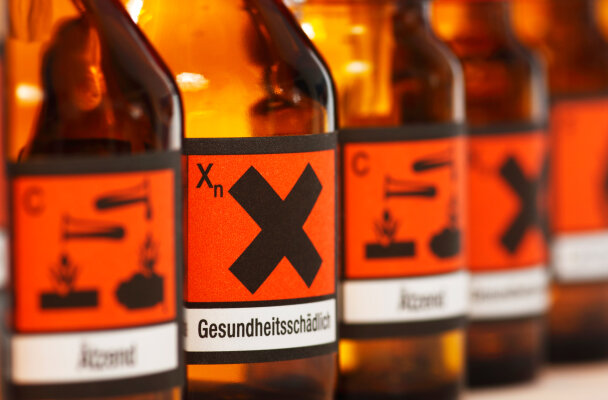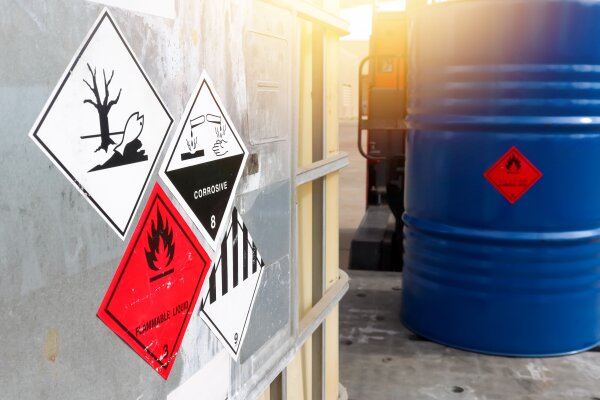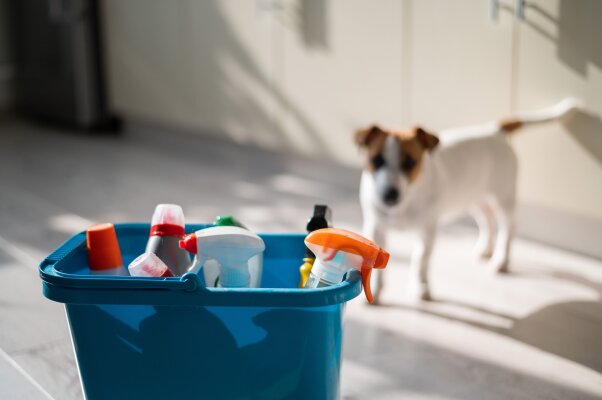Safe, fast, uncomplicated - testing against the pandemic

The Sars CoV-2 virus is keeping the world on tenterhooks. After the first and second waves, the third wave is due in spring 2021, driven by virus mutations such as variant B.1.1.7. An increasingly important means of combating the pandemic are tests that detect infections at an early stage and therefore prevent viruses from being passed on. We have compiled the most important information on the German testing strategy.
PCR - High sensitivity and high accuracy
Until a few weeks ago, the PCR test (Polymerase Chain Reaction) was the standard test to detect infections with the Corona virus. The test is the gold standard among genetic material detection methods. By amplifying the viral genome, even very small amounts of viral RNA or DNA can be detected. This makes this method one of the most sensitive test methods.
However, a disadvantage is that the technical procedure is complex and must be performed by appropriately experienced personnel and in laboratories with the appropriate equipment. Another difficulty is the long execution time required to appropriately amplify the available genetic material. Here, automated solutions are gradually becoming available, transforming the method, which has so far been used mainly in research, into a routine measurement. Nevertheless, long waiting times are still the rule today due to high sample volumes.
Rapid antigen test - the uncomplicated alternative
The Federal Government's National Testing Strategy has placed testing for the Sars Cov-2 virus at the center of further action on March 03, 2021. Since PCR tests are highly sensitive and reliable, but cannot represent the increased sample volume, rapid antigen-based tests are a good alternative.
The principle of rapid antigen tests is similar to that of pregnancy tests. Here, reacting molecules are introduced into the test strip that change color as soon as they come into contact with specific protein components of the virus. For this reaction to take place, a sufficiently large amount of virus must be present. Since this quantity is not constant in the course of an infection, the result of a rapid test can only represent a snapshot. However, the somewhat uncertain result is countered by the advantage that the application is uncomplicated and a result is available in 15-30 minutes.
A major question, however, is sample collection, i.e. how to ensure that sufficient viral material has also been taken from the nasal or pharyngeal cavity. Improper use can lead to false results. Therefore, the government also distinguishes between
- rapid tests in professional testing centers, where the sample is taken by experienced professionals
- rapid tests for self-administration (self-tests), which untrained persons can carry out at home and which are available over-the-counter
Not all self-tests are the same
Professional rapid tests are part of the National Testing Strategy. They are increasingly used in nursing homes, clinics and schools. The tests are carried out there by trained personnel, and there are no costs for those tested. From 08 March 2021, all citizens will also be offered at least one free rapid test per week, which can be carried out at test centers or by general practitioners.
Self-tests are available over-the-counter, but they are not part of the National Testing Strategy and, as things stand, are not subsidized by the federal or state governments. Therefore, each consumer must pay for the cost of a self-test. To increase the safety of self-testing, more work is being done on new methods of sampling that include spitting or gargling in addition to nasal or throat swabbing.
Both professional rapid tests and self-tests have already been approved by the German Federal Institute for Drugs and Medical Devices (BfArM). The list of approved tests is constantly being expanded and new test methods are successively added.
Innovative Development - The PCR-based Rapid Test
The high need for rapid and reliable tests leads to innovative developments and solutions. For example, a cooperation between the Max Planck Institute in Leipzig and the St. Georg Hospital has resulted in a new test that combines the reliability and sensitivity of the PCR test with the speed of the rapid test: the gargle rapid test based on PCR.
Here, sampling is done by gargling. According to Dr. Borte, chief physician for laboratory medicine at the St. Georg Clinic, this ensures that viruses are also rinsed from the posterior pharyngeal wall - in contrast to saliva tests, where the fluid is predominantly generated in the anterior oral cavity. To ensure a comparable concentration, the amount of gargle solution is predetermined. The gargled solution is then mixed with a red reagent. If viruses are present in the gargle solution, the reagent slowly changes color from red to yellow. The more viruses, the more yellow. A cell phone app helps evaluate the hue.
Initial trial runs in a Leipzig nursing home were successful and demonstrated the practical feasibility under real conditions. The response was positive throughout, so that applications in schools and other institutions are also conceivable in the future. Nevertheless, the test should be seen as a supplement to standard PCR tests. As with all other rapid tests, a positive result should always be confirmed by a laboratory PCR test.
Testing strategies in European neighbors
Comprehensive testing is also considered an important component of pandemic response in other European countries. For example, Denmark was one of the first countries to rely on mass testing. Mobile test stations and drive-in test counters mean that up to 20 out of every 1000 Danes are tested every day. This is ten times the number of tests carried out in Germany.
France relies on PCR testing. The cost of PCR testing is covered by the government for all citizens. The decline in the number of deaths proves the strategy right. However, the number of new infections is still very high as things stand.
The front-runner in Europe in terms of the number of tests is Austria. Every day, 24 out of 100 people are tested here, more than in any other European country. However, there is criticism that some of the rapid tests have been approved without appropriate testing and therefore vary greatly in their significance.
Common hopes: vaccination campaign and test increase
The past has shown that no country has a patent remedy for combating the pandemic. Germany has long relied on the successful implementation of the vaccination campaign. To date, the promise stands that everyone will be offered vaccination by mid-2021. However, until this takes effect, Germany aims to significantly increase the number of tests, test more people without symptoms, and reduce barriers to testing. Simple and uncomplicated tests can thus also enable a social and societal life again for the foreseeable future.
Video: PCR test vs rapid test | Which is the best?
Do you have questions about the article or would you like a specific topic for further blog articles? Then contact us at any time. Use our contact form, call us (+49 30 209 657 900) or send us an email to info@medsolut.com.




